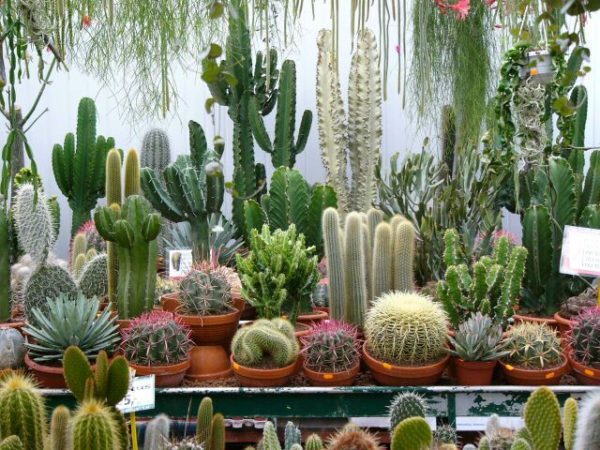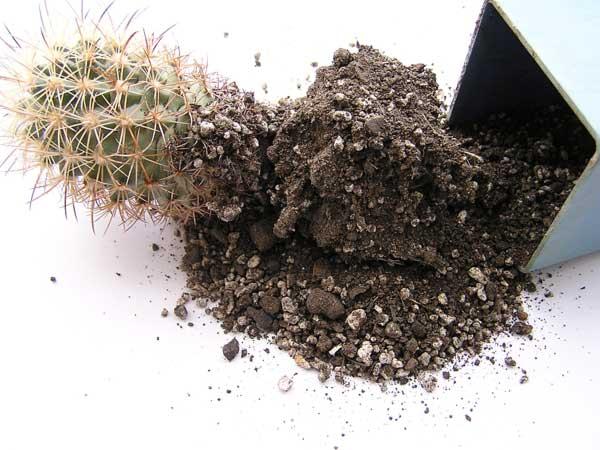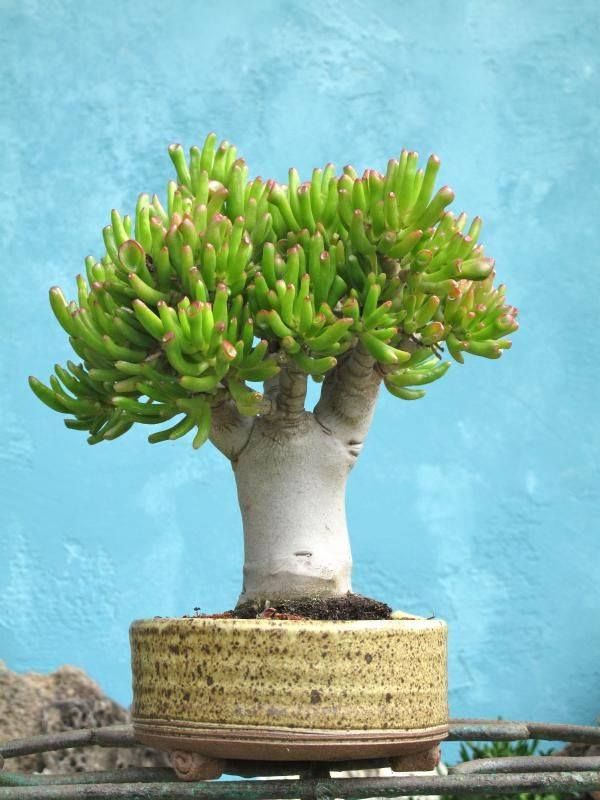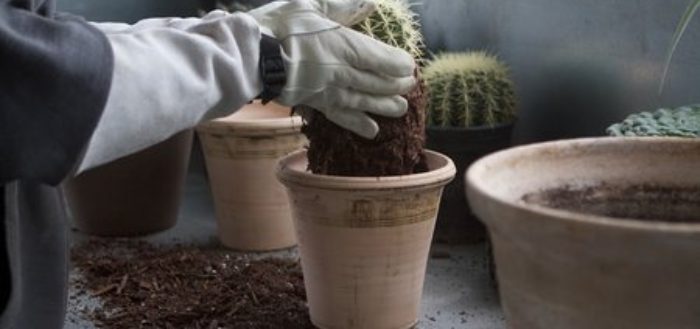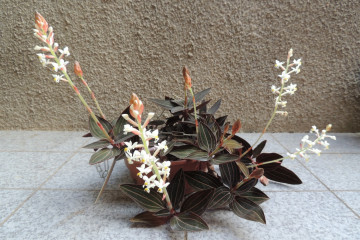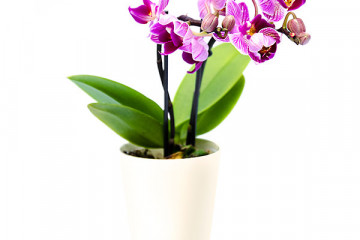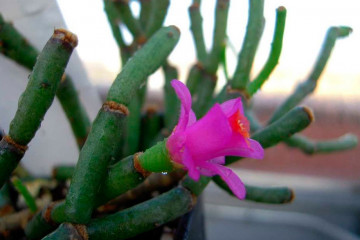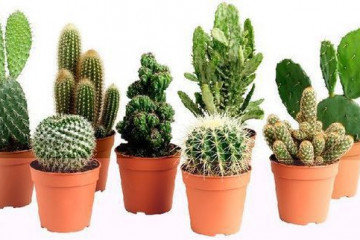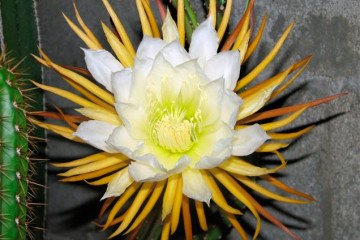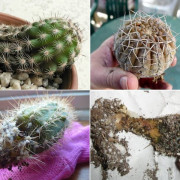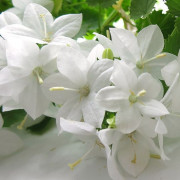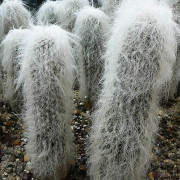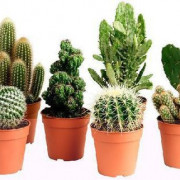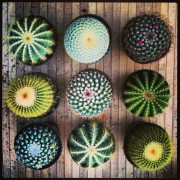Soil for cacti: basic soil requirements and options at home
Content:
Cacti are hardy perennials and are believed to be native to South, Central and North America. They easily tolerate prolonged drought and do not need frequent transplants. Like any other plants, they love to be looked after properly. Novice cactus growers do not always know what kind of land is needed for a cactus.
Basic requirements for the soil for a cactus
The easiest way is to purchase ready-made soil for cacti marked "for cacti and succulents" in a specialized store, you can prepare it yourself. The mixture should be:
- loose,
- rather porous
- coarse or coarse,
- nutrient-rich
- with the inclusion of drainage elements.
Required soil composition
If a ready-made land for cacti is chosen, then all the components necessary for a given plant should be included in its composition:
- 1) Peat. It is best if two types of peat are mixed: lowland and high-moor. High-moor peat contains few nutrients and retains excess moisture for a long time, low-lying peat is prone to fast caking. Together they compensate for each other's shortcomings.
- 2) Peat can be replaced with homogeneous humus or a clay-soddy soil layer that does not contain alien roots and non-rotten plant parts.
- 3) Leafy land.
- 4) Coarse river sand.
- 5) Gravel or fine crushed stone.
- 6) Charcoal and broken brick mixed in equal proportions.
- 7) Expanded clay.
- 8) Vermiculite.
A cactus can die if you add to the soil:
- bird droppings,
- manure,
- horny sawdust.
The soil for cacti must be disinfected before use (fried in the oven or doused with boiling water) in order to avoid various infections or pest larvae from entering the pot.
Making soil at home
Many growers believe that ready-made mixtures for planting indoor plants do not contribute to their proper development, and prefer to prepare soil for cacti with their own hands.
Substrate for cacti is prepared simply: mix in equal proportions humus, peat or leafy soil with turf and sand. Depending on the characteristics of the plant itself, various additives:
- For cacti with a superficial root system, pebbles or crushed brick are added to the mixture in proportions to the main components of 1: 1: 1: ½.
- For succulents with strong and thick roots, the amount of sod is increased in the composition in a ratio of 1: 1.5: 1: 1.
- For cacti that choose stony soil in the wild, rubble or gravel is included in the mixture.
- For succulents with a turnip root system, it is recommended to add a little clay.
- The soil for forest cacti may contain bark from dried pine trees, fallen oak leaves.
- Epiphytic plant species love feeding from nutrients or humus.
- Rosemary prefers loose, breathable soil with neutral acidity (an ornamental Bonsai tree can be grown from this plant).
- For all plants, not less than 0.1 of the total volume of the mixture, add crushed charcoal.
- The vermiculite added to the mixture absorbs excess moisture and prevents mold in the soil.
Cactus transplant options
All plants, including cacti, need to be transplanted from time to time. In what cases the plant needs to be transplanted:
- If it is a succulent purchased in a store 7-10 days ago, as for transportation, such plants are placed in a lightweight pot and transport soil.
- If the pot has become too small for him (the cactus has grown larger than the pot itself).
- If the roots begin to crawl out of the drainage system.
If you choose the right land to plant cacti, then the choice of a pot will not greatly affect the growth and development of the plant.
When choosing a pot, pay attention to:
- The material from which it is made (any other than metal is suitable for cacti, but ceramics is considered the best material). Although many housewives grow beautiful plants in ordinary plastic yogurt cups.
- The size of the container with a hole in the bottom (for a healthy plant, choose a pot 1-2 cm larger than the previous one, a diseased succulent is transplanted into a smaller container).
- The appearance of the pot and color (depends on the aesthetic taste and preferences of the hostess, many cacti growers prefer rectangular pots).
Succulents, unlike other indoor plants, do not need an annual transplant, as they grow more slowly, the root system develops very slowly. Some types of cacti are transplanted no more often than once every 3-4 years.
Detailed plant transplant procedure:
- The cactus is carefully taken out of the pot, the soil is shaken off. For the best effect, old soil can be gently rinsed out in water.
- Carefully examine the root system, remove dried and damaged roots, check for pests.
- Also, the stem is thoroughly examined and the affected and damaged areas are removed, the wound is sprinkled with crushed activated carbon.
- Dry the plant before planting in fresh soil.
- Choose which land is suitable for a given type of cactus.
- Drainage is laid at the bottom of the new pot, just like for any other plants, a little soil is poured.
- The roots are carefully laid and covered with soil from above (they are sprinkled, and not trying to "stick" the plant into a full pot of soil).
- Water the succulent so that the soil adheres tightly to the roots, but does not overmoisten.
Thus, cacti are one of the most unpretentious indoor plants, but they also require some maintenance. For transplanting plants, you can prepare the soil for cacti at home or purchase a ready-made one. Matching small pet pots will add charm to the collection of "angry" thorny flowers.
